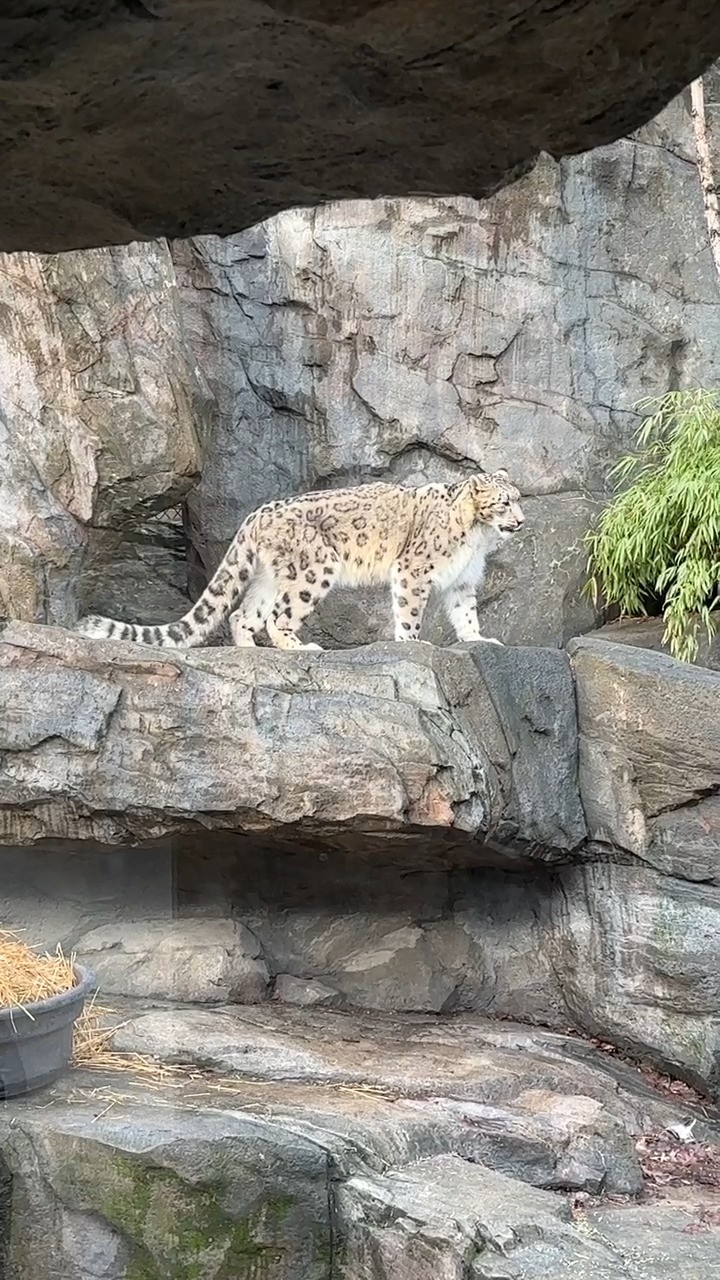- Snow leopards’ natural habitat exploration: waterfalls, rocks, and vegetation.
- Behavioral patterns and adaptations in different environments.
- Importance of habitat features like heated rocks for snow leopard comfort.
- Conservation efforts and zoo management practices supporting snow leopards.
- Engaging public interest in snow leopards for conservation awareness.
Snow leopards, fascinating creatures revered for their beauty and elusive nature, inhabit some of the harshest terrains in the world. These big cats thrive in mountainous regions where waterfalls and rugged rock formations are integral to their environment. Interestingly, these landscape features aren’t merely part of their backdrop; they play a crucial role in the snow leopard’s daily life.
In the wild, snow leopards are known to explore their rocky habitats with agility and grace. They navigate these terrains while hunting for prey or simply surveying their territory. The natural conditions, including waterfalls, provide not just hydration but also a cooling refuge during warmer periods, highlighting the adaptability of these remarkable animals.
Their preference for resting in lush vegetation or secluded rock crevices demonstrates an instinct for seeking out optimal resting spots. This behavior helps regulate their body temperature and conserve energy, essential for survival in challenging weather conditions. Moreover, such habitats provide strategic vantage points for hunting and protection from predators and environmental threats.
In managed environments like zoos, understanding and replicating these natural preferences is vital. One example is the innovative use of heated rocks. This feature is an excellent adaptation that allows snow leopards to enjoy comfort even in colder seasons, mimicking the thermal benefits they derive from sun-warmed rocks in their natural habitat. These heated rocks provide a cozy retreat and ensure that the cats remain healthy and active year-round.
Snow leopards are not only a focus of immersive zoo exhibits but also significant subjects in conservation efforts. Conservation programs prioritize habitat preservation and protection against poaching to guarantee sustainable populations in the wild. These programs involve habitat restoration and community education, seeking to balance human development with the ecological needs of snow leopards. The role of zoos in these efforts is multi-faceted, encompassing both direct conservation actions and public education.
Educating visitors about snow leopards is a pivotal aspect of conservation advocacy. Engaging displays, informative talks, and behind-the-scenes experiences can ignite curiosity and concern for wildlife conservation among the public. By understanding the behaviors and needs of snow leopards, visitors are more likely to support initiatives that contribute to their preservation.
Moreover, snow leopards serve as ambassadors for broader biodiversity conservation issues. Protecting them and their habitats can have ripple effects, benefiting numerous other species and ecological communities. This highlights the interconnectedness of ecosystems and the far-reaching impact of conservation actions.
Targeted breeding programs in zoos also play a crucial role in maintaining genetic diversity among snow leopards. By ensuring healthy populations in captivity, these initiatives safeguard against potential population declines in the wild, providing a backup in case of unforeseen environmental changes.
The magnificent snow leopard exemplifies the intricate balance of nature. Through habitat exploration and adaptations, they manifest resilience and strength. By understanding and replicating these natural behaviors in controlled environments, we open avenues for learning and continued conservation success. Our collective efforts in research, education, and habitat preservation help ensure that future generations will also marvel at the splendor of snow leopards.
*****
Source Description
Snow leopards enjoy exploring the waterfall and rocks in their habitat and like to rest in the lush vegetation when they’re not active.
Insider tip: the large rock under the overhang at the front of the exhibit is heated, providing a comfy place for these big cats to curl up in cold weather. Stop by to spot our spectacular snow leopards for yourself.


